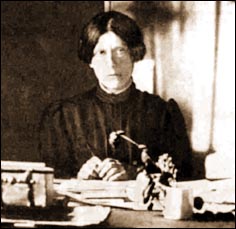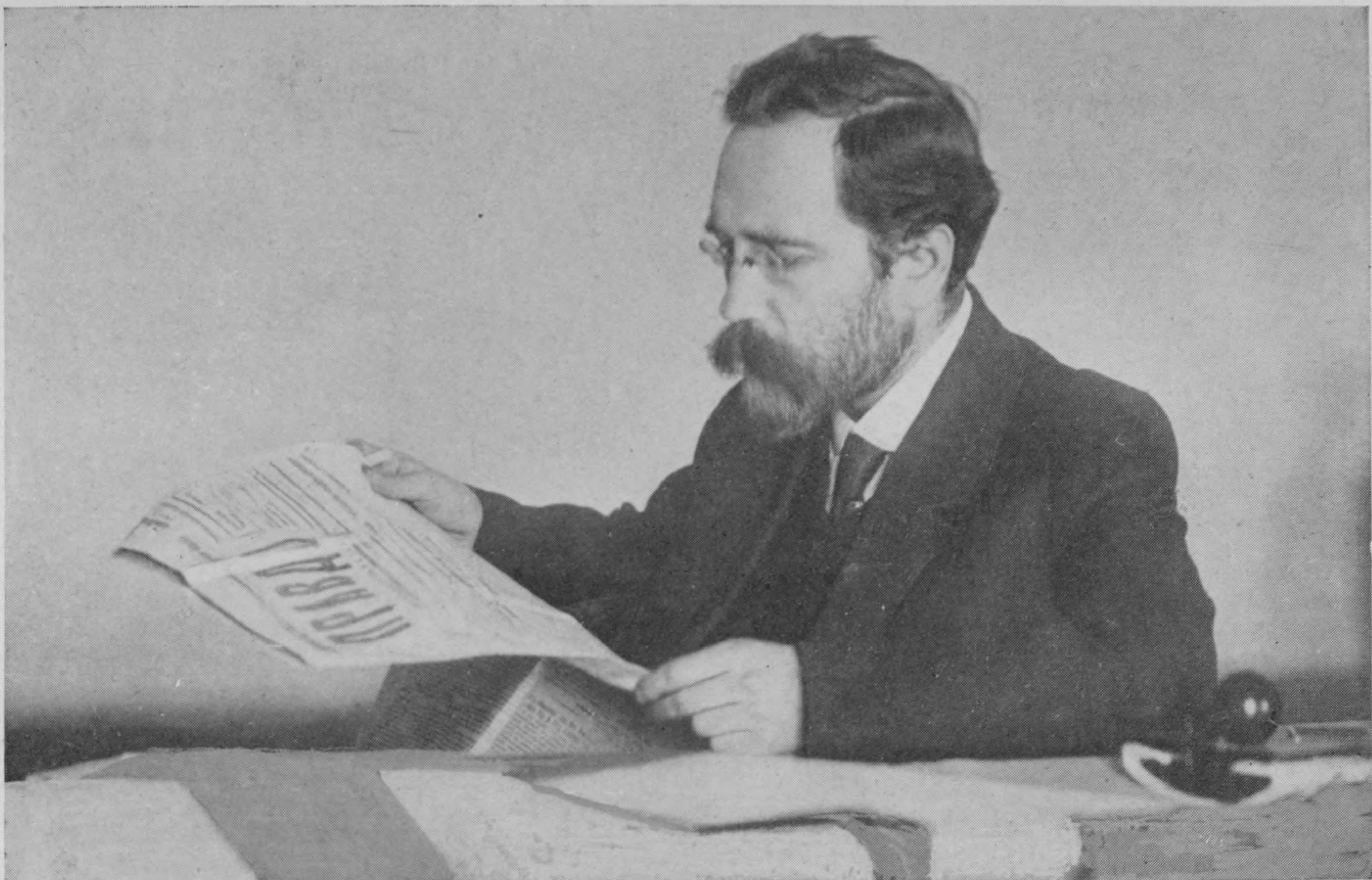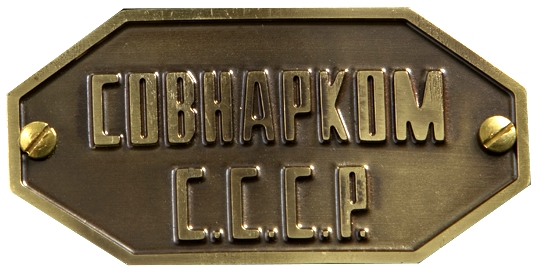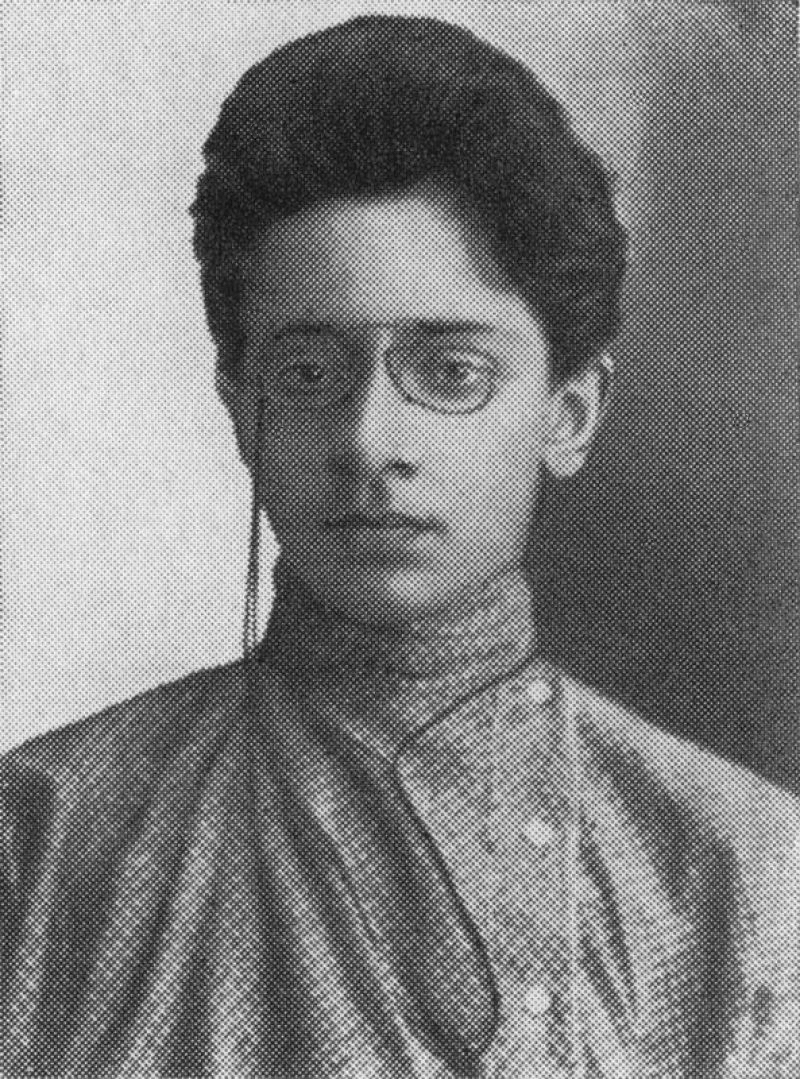|
VTsIK
The All-Russian Central Executive Committee ( rus, Всероссийский Центральный Исполнительный Комитет, Vserossiysky Centralny Ispolnitelny Komitet, VTsIK) was the highest legislative, administrative and revising body of the Russian Soviet Federative Socialist Republic (Russian SFSR) from 1917 until 1937. Although the All-Russian Congress of Soviets had supreme authority, in periods between its sessions its powers were passed to VTsIK. Organization The 1918 Russian Constitution required that the VTsIK convene the All-Russian Congress of Soviets no fewer than two times a year (Statute 26 of Article III). Additional Congresses could be called by the VTsIK or on the request of local Soviets. The VTsIK was elected by a full Congress, with no more than 200 individuals. It was completely subordinate to the Congress. The functions of the Collegiate or the Presidium were not declared in the Constitution, but presumably they were supposed to be pur ... [...More Info...] [...Related Items...] OR: [Wikipedia] [Google] [Baidu] |
Left Socialist-Revolutionaries
The Party of Left Socialist-Revolutionaries (russian: Партия левых социалистов-революционеров-интернационалистов) was a revolutionary socialist political party formed during the Russian Revolution. In 1917, the Socialist Revolutionary Party split between those who supported the Russian Provisional Government, established after the February Revolution and those who supported the Bolsheviks, who favoured the overthrow of the Provisional Government and the placing of political power in the hands of the Congress of Soviets. Those that continued to support the Provisional Government became known as the Right SRs while those who aligned with the Bolsheviks became known as the Left Socialist-Revolutionaries or Left SRs. After the October Revolution, the Left SRs formed a coalition government with the Bolsheviks from November 1917 to July 1918, but resigned its position in government after the signing of the Treaty of Brest-Lit ... [...More Info...] [...Related Items...] OR: [Wikipedia] [Google] [Baidu] |
Russian Soviet Federative Socialist Republic
The Russian Soviet Federative Socialist Republic, Russian SFSR or RSFSR ( rus, Российская Советская Федеративная Социалистическая Республика, Rossíyskaya Sovétskaya Federatívnaya Socialistíčeskaya Respúblika, rɐˈsʲijskəjə sɐˈvʲetskəjə fʲɪdʲɪrɐˈtʲivnəjə sətsɨəlʲɪˈsʲtʲitɕɪskəjə rʲɪˈspublʲɪkə, Ru-Российская Советская Федеративная Социалистическая Республика.ogg), previously known as the Russian Soviet Republic and the Russian Socialist Federative Soviet Republic as well as being unofficially known as Soviet Russia,Declaration of Rights of the laboring and exploited people, article I. the Russian Federation or simply Russia, was an independent federal socialist state from 1917 to 1922, and afterwards the largest and most populous of the Soviet socialist republics of the Soviet Union (USSR) from 1922 to 1991, until becoming a ... [...More Info...] [...Related Items...] OR: [Wikipedia] [Google] [Baidu] |
All-Russian Congress Of Soviets
The All-Russian Congress of Soviets evolved from 1917 to become the supreme governing body of the Russian Soviet Federative Socialist Republic from 1918 until 1936, effectively. The 1918 Constitution of the Russian SFSR mandated that Congress shall convene at least twice a year, with the duties of defining (and amending) the principles of the Soviet Constitution and ratifying peace treaties. The October Revolution ousted the provisional government of 1917, making the Congress of Soviets the sole, and supreme governing body. It is important to note that this Congress was not the same as the Congress of Soviets of the Soviet Union which governed the whole Soviet Union after its creation in 1922. For the earlier portion of its life, the Congress was a democratic body. Over Russia there were hundreds of soviets, democratic local governing bodies in which the surrounding population could participate. The soviets elected the delegates to the Congress, and then in turn the Congress held ... [...More Info...] [...Related Items...] OR: [Wikipedia] [Google] [Baidu] |
Lev Kamenev
Lev Borisovich Kamenev. (''né'' Rozenfeld; – 25 August 1936) was a Bolshevik revolutionary and a prominent Soviet politician. Born in Moscow to parents who were both involved in revolutionary politics, Kamenev attended Imperial Moscow University before becoming a revolutionary himself, joining the Russian Social Democratic Labour Party (RSDLP) in 1901 and was active in Moscow, Saint Petersburg and Tiflis (now Tbilisi). He took part in the failed Russian Revolution of 1905. Relocating abroad in 1908, Kamenev became an early member of the Bolsheviks and a close associate of the exiled Vladimir Lenin. In 1914, he was arrested on his return to Saint Petersburg and exiled in Siberia, but was able to return following the February Revolution of 1917 which overthrew the Tsarist monarchy. In 1917, he served briefly as the equivalent of the first head of state of Soviet Russia. Kamenev disagreed with Lenin's strategy of armed uprising during the October Revolution, but nevertheles ... [...More Info...] [...Related Items...] OR: [Wikipedia] [Google] [Baidu] |
Historical Legislatures
History (derived ) is the systematic study and the documentation of the human activity. The time period of event before the invention of writing systems is considered prehistory. "History" is an umbrella term comprising past events as well as the memory, discovery, collection, organization, presentation, and interpretation of these events. Historians seek knowledge of the past using historical sources such as written documents, oral accounts, art and material artifacts, and ecological markers. History is not complete and still has debatable mysteries. History is also an academic discipline which uses narrative to describe, examine, question, and analyze past events, and investigate their patterns of cause and effect. Historians often debate which narrative best explains an event, as well as the significance of different causes and effects. Historians also debate the nature of history as an end in itself, as well as its usefulness to give perspective on the problems of the p ... [...More Info...] [...Related Items...] OR: [Wikipedia] [Google] [Baidu] |
Government Of The Soviet Union
The Government of the Soviet Union ( rus, Прави́тельство СССР, p=prɐˈvʲitʲɪlʲstvə ɛs ɛs ɛs ˈɛr, r=Pravítelstvo SSSR, lang=no), formally the All-Union Government of the Union of Soviet Socialist Republics, commonly abbreviated to Soviet Government, was the executive and administrative organ of state in the former Soviet Union. It had four different names throughout its existence; Council of People's Commissars (1923–1946), Council of Ministers (1946–1991), Cabinet of Ministers (January – August 1991) and Committee on the Operational Management of the National Economy (August–December 1991). It also was known as Workers-Peasants Government of the Soviet Union. The government was led by a chairman, most commonly referred to as " premier" by outside observers. The chairman was nominated by the Central Committee of the Communist Party of the Soviet Union (CPSU) and elected by delegates at the first plenary session of a newly elected Supreme Sovi ... [...More Info...] [...Related Items...] OR: [Wikipedia] [Google] [Baidu] |
Supreme Soviet
The Supreme Soviet (russian: Верховный Совет, Verkhovny Sovet, Supreme Council) was the common name for the legislative bodies (parliaments) of the Soviet socialist republics (SSR) in the Union of Soviet Socialist Republics (USSR). These soviets were modeled after the Supreme Soviet of the USSR, established in 1938, and were nearly identical. State-approved delegates to the Supreme Soviets were periodically elected unopposed in show elections. The first free or semi-free elections took place during '' perestroika'' in late 1980s, in which Supreme Soviets themselves were no longer directly elected. Instead, Supreme Soviets were appointed by directly-elected Congresses of People's Deputies based somewhat on the Congresses of Soviets that preceded the Supreme Soviets. The soviets until then were largely rubber-stamp institutions, approving decisions handed to them by the Communist Party of the USSR or of each SSR. The soviets met infrequently (often only twi ... [...More Info...] [...Related Items...] OR: [Wikipedia] [Google] [Baidu] |
Central Executive Committee Of The All-Union Congress Of Soviets
The All-Union Central Executive Committee (russian: Всесоюзный Центральный исполнительный комитет, Vsesoyuznyy Tsentral'nyy ispolnitel'nyy komitet) was the most authoritative governing body of the USSR during the interims of the sessions of the All-Union Congress of Soviets. Established in 1922 by the First All-Union Congress of Soviets (see Treaty on the Creation of the USSR), in 1938 it was replaced by the Presidium of the Supreme Soviet of first convocation. Initially the Committee consisted of four members, after 1925 there were seven. The Kazakh and Kirghiz SSRs were created in 1936 and did not have representatives in the Committee, as it dissolved just two years later. Description The Central Executive Committee was created with adoption of the Treaty on the Creation of the USSR in December of 1922. The Central Executive Committee was elected by the Congress of Soviet to govern on its behalf whenever the Congress of Soviets w ... [...More Info...] [...Related Items...] OR: [Wikipedia] [Google] [Baidu] |
Mikhail Kalinin
Mikhail Ivanovich Kalinin (russian: link=no, Михаи́л Ива́нович Кали́нин ; 3 June 1946), known familiarly by Soviet citizens as "Kalinych", was a Soviet politician and Old Bolshevik revolutionary. He served as head of state of the Russian Soviet Federative Socialist Republic and later of the Soviet Union from 1919 to 1946. From 1926, he was a member of the Politburo of the Communist Party of the Soviet Union. Born to a peasant family, Kalinin worked as a metal worker in Saint Petersburg and took part in the 1905 Russian Revolution as an early member of the Bolsheviks. During and after the October Revolution, he served as mayor of Petrograd (St. Petersburg). After the revolution, Kalinin became the head of the new Soviet state, as well as a member of the Central Committee of the Communist Party and the Politburo. Kalinin remained the titular head of state of the Soviet Union after the rise of Joseph Stalin, but held little real power or influence. He ret ... [...More Info...] [...Related Items...] OR: [Wikipedia] [Google] [Baidu] |
Mikhail Vladimirsky
Mikhail Fyodorovich Vladimirsky (russian: Михаи́л Фёдорович Влади́мирский; – 2 April 1951) was a Soviet politician and Bolshevik revolutionary who was for a short period of time, the Chairman of the All-Russian Central Executive Committee. Biography Mikhail Vladimirsky was born in 1874, as the son of Orthodox priest and Duma-member Fyodor Vladimirsky.The Occult in Russian and Soviet Culture edited by Bernice Glatzer Rosenthal; p. 260 He became involved with the revolutionary movement and in the early 1890s in |
Yakov Sverdlov
Yakov Mikhailovich Sverdlov (russian: Яков Михайлович Свердлов; 3 June Old_Style_and_New_Style_dates">O._S._22_May.html" ;"title="Old_Style_and_New_Style_dates.html" ;"title="nowiki/>Old Style and New Style dates">O. S. 22 May">Old_Style_and_New_Style_dates.html" ;"title="nowiki/>Old Style and New Style dates">O. S. 22 May 1885 – 16 March 1919) was a Bolshevik Party administrator and chairman of the All-Russian Central Executive Committee from 1917 to 1919. He is sometimes regarded as the first head of state of the Soviet Union, although it was not established until 1922, three years after his death. Born in Nizhny Novgorod to a Jewish family active in revolutionary politics, Sverdlov joined the Russian Social Democratic Labour Party in 1902 and supported Vladimir Lenin's Bolshevik faction during an ideological split. He was active in the Urals during the failed Revolution of 1905, and in the next decade, he was subjected to constant imprisonment and ... [...More Info...] [...Related Items...] OR: [Wikipedia] [Google] [Baidu] |
Presidium Of The Supreme Soviet Of The Russian Soviet Federative Socialist Republic
The Presidium of the Supreme Soviet of the Russian Soviet Federative Socialist Republic was the collective head of state of the Russian SFSR and the permanent body of the Supreme Soviet of the Russian SFSR that was accountable to the Supreme Soviet of the Russian SFSR in its activity and, within the nominal limits prescribed by the Constitution of the Russian SFSR, performed functions of the highest state power in the Russian SFSR between 1938 and 1990. It was elected by the Supreme Soviet of the Russian Soviet Federative Socialist Republic to perform the Supreme Soviet's activities when it was not in session, which, in practice, was most of the year. History Predecessor offices The office was created as a replacement for the Central Executive Committee of the All-Russian Congress of Soviets. Political significance Since the Russian SFSR enjoyed only limited autonomy within the Soviet Union until late into the perestroika period and since real executive power was in the han ... [...More Info...] [...Related Items...] OR: [Wikipedia] [Google] [Baidu] |


.jpg)


